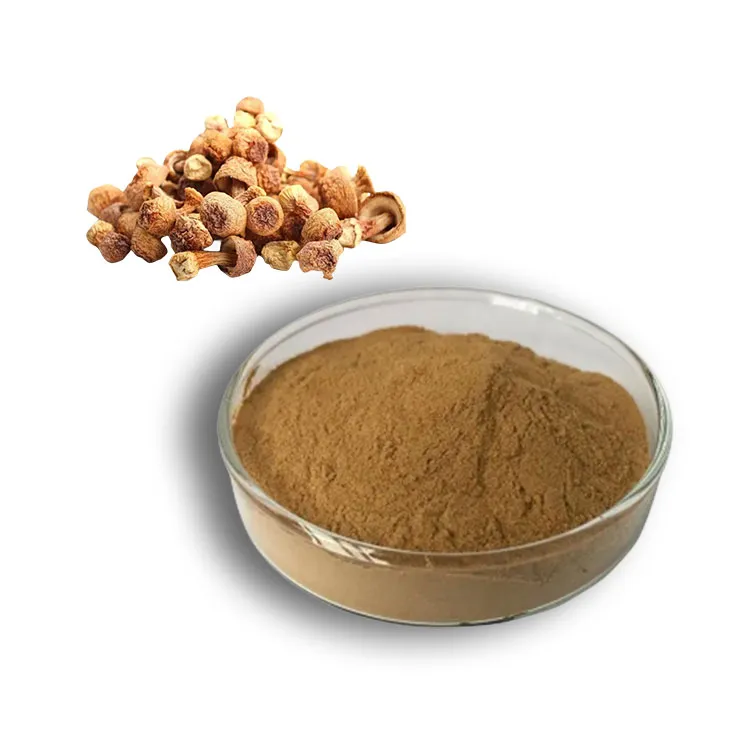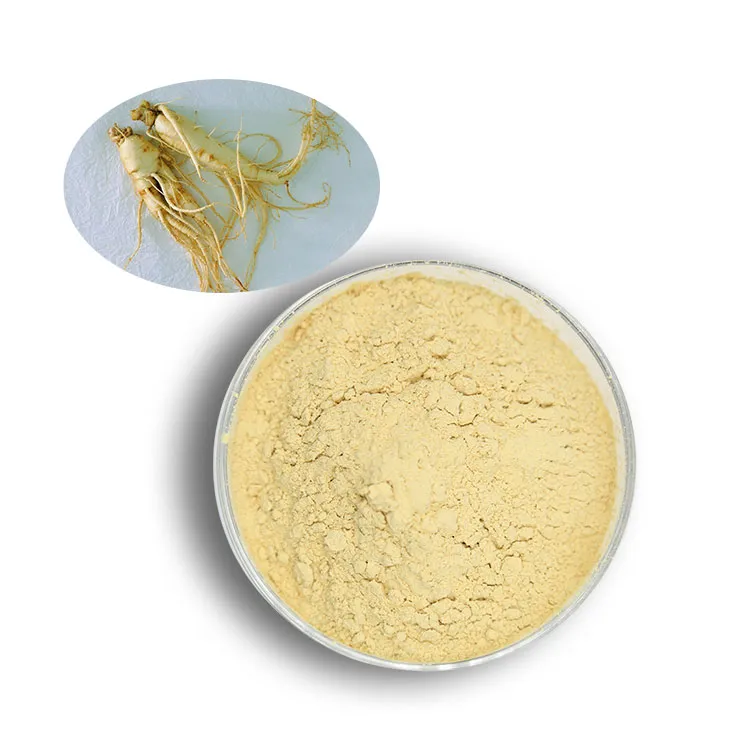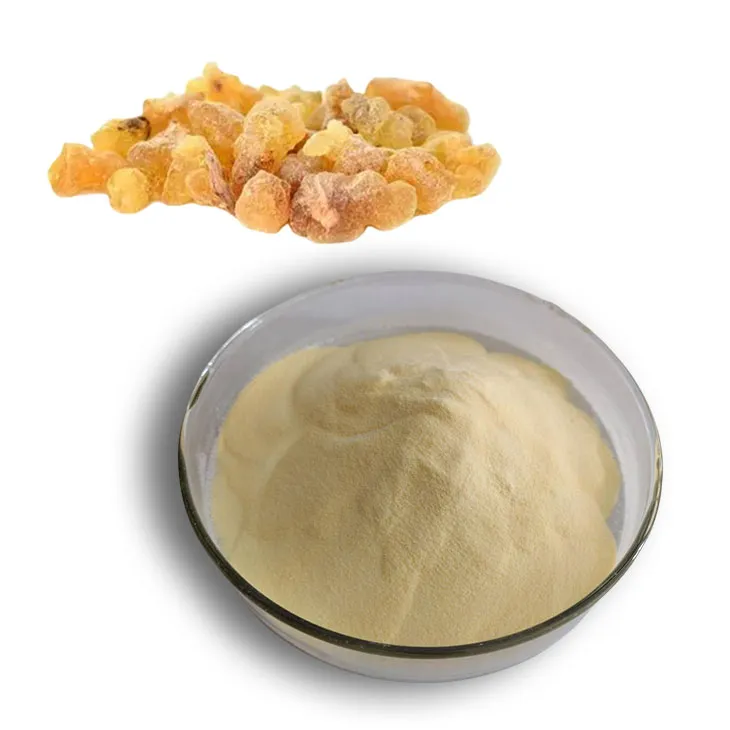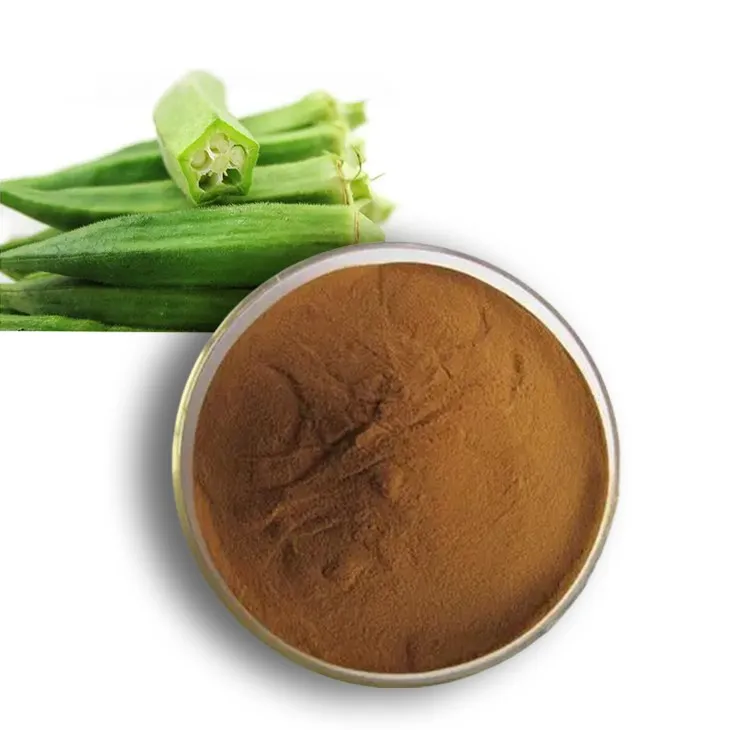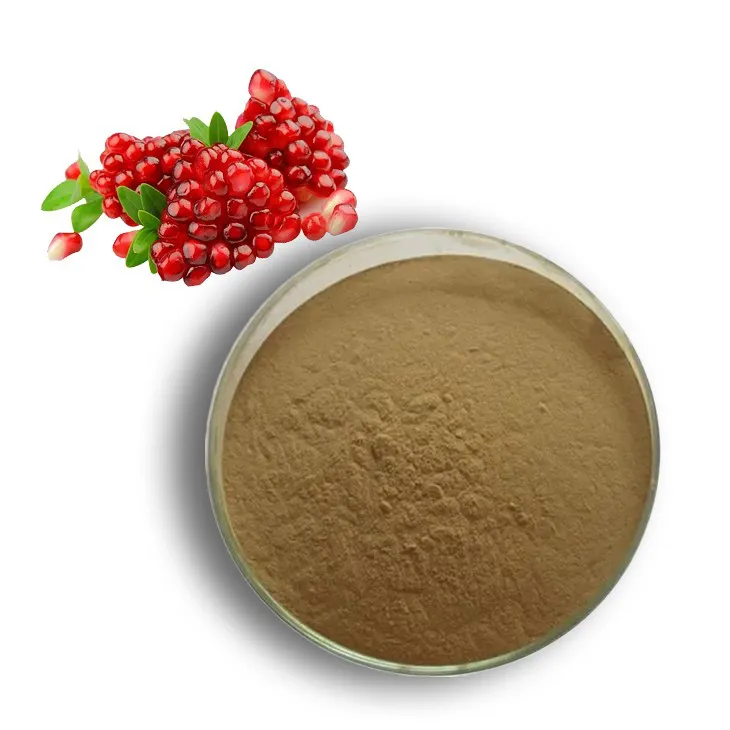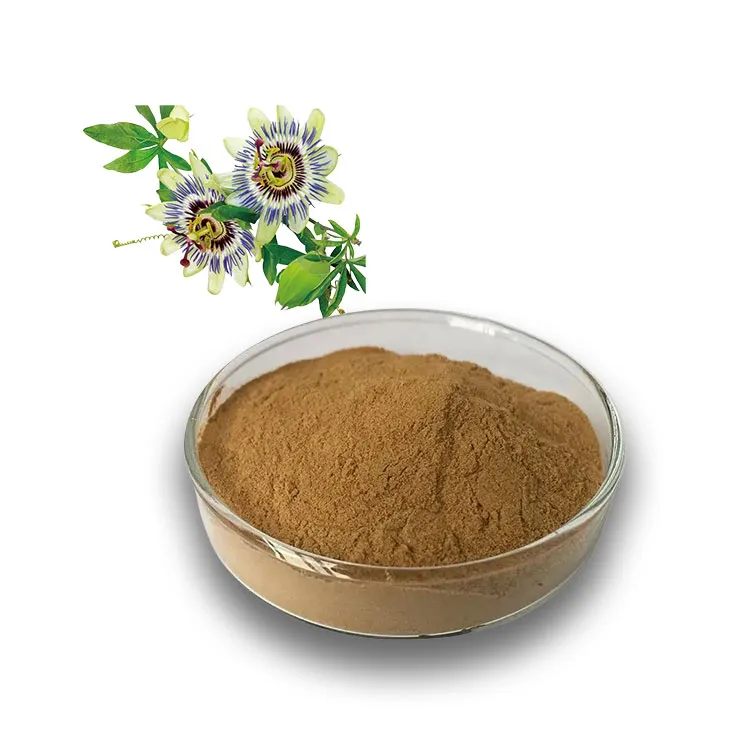- 0086-571-85302990
- sales@greenskybio.com
Seven Trends of Calendula Extract.
2024-12-14

1. Introduction
Calendula Extract, derived from the Calendula officinalis flower, has been used for centuries in various applications. In recent years, it has gained significant popularity and is following several notable trends. This article will explore these trends in detail, providing insights into the growth and development of Calendula Extract in different fields.

2. Trend 1: Expansion in the Wellness Market
2.1. Herbal Supplements
Calendula Extract is increasingly being incorporated into herbal supplements. It is known for its potential health benefits, such as anti - inflammatory properties. Many consumers are turning to these supplements as a natural alternative to traditional medications. For example, it may help soothe digestive issues, making it a popular ingredient in supplements aimed at gut health.
2.2. Stress and Anxiety Relief
In the modern, fast - paced world, stress and anxiety are common problems. Calendula extract is being explored for its possible role in reducing stress and anxiety. Some preliminary studies suggest that it may have a calming effect on the nervous system. This has led to the development of calendula - based products in the wellness market targeted at those seeking relaxation and stress relief.

3. Trend 2: Innovative Formulations in Beauty Products
3.1. Skincare
Calendula extract has become a staple in skincare products. It is rich in antioxidants, which help protect the skin from free radical damage. In moisturizers, it can hydrate and soothe the skin, making it suitable for all skin types, especially sensitive skin. Many high - end skincare brands are now including calendula extract in their formulations, often highlighting its natural and gentle properties.
3.2. Haircare
In haircare, calendula extract is emerging as an ingredient with multiple benefits. It can nourish the scalp, promoting healthy hair growth. Some hair products with calendula extract claim to reduce dandruff and improve the overall condition of the hair. Additionally, it can add shine and manageability to the hair, making it more appealing for consumers looking for natural haircare solutions.

4. Trend 3: Significance in Sustainable Agriculture
4.1. Natural Pest Control
Calendula plants can act as a natural pest deterrent in agricultural settings. The extract contains compounds that are unappealing to certain pests, reducing the need for chemical pesticides. This is in line with the growing trend towards sustainable farming practices, as it helps protect the environment and beneficial insects.
4.2. Soil Improvement
When calendula is grown as a cover crop or in crop rotation, it can improve soil health. Its roots help aerate the soil, and when the plant decomposes, it adds organic matter. This enriches the soil, making it more fertile and better able to retain water. As sustainable agriculture focuses on long - term soil management, calendula extract's role in soil improvement is becoming more recognized.

5. Trend 4: Growth in the Pharmaceutical Industry
5.1. Wound Healing
Calendula extract has long been used in traditional medicine for wound healing. In the pharmaceutical industry, research is being conducted to better understand its mechanisms. It has been shown to have antibacterial and anti - inflammatory properties that can aid in the healing of minor cuts, burns, and ulcers. Some pharmaceutical products are now incorporating calendula extract as an active ingredient in wound - care formulations.
5.2. Anti - microbial Properties
The anti - microbial properties of calendula extract are also being explored further. In a world where antibiotic resistance is a growing concern, calendula extract may offer an alternative source of anti - microbial agents. Scientists are studying how it can be used to combat various types of bacteria, fungi, and viruses, which could potentially lead to the development of new drugs.
6. Trend 5: Culinary Innovations
6.1. Edible Flowers
Calendula flowers are edible and are starting to gain popularity in the culinary world. They can be used to add color and a mild, slightly sweet flavor to salads, desserts, and beverages. The use of calendula in cooking is not only a trend for its taste but also for its potential health benefits. Chefs are increasingly incorporating calendula into their recipes, creating unique and visually appealing dishes.
6.2. Herbal Infusions
Calendula herbal infusions are becoming more common. These infusions can be made by steeping calendula flowers in hot water, similar to tea. They are often consumed for their relaxing and digestive - enhancing properties. Herbal tea companies are starting to include calendula - based blends in their product lines, appealing to consumers interested in herbal remedies and new flavors.
7. Trend 6: Increasing Research and Development
7.1. Scientific Studies
There is a growing number of scientific studies focused on calendula extract. These studies aim to uncover new potential benefits, understand its chemical composition better, and explore its safety and efficacy. Universities and research institutions around the world are investing in calendula research, which is driving the development of new products and applications.
7.2. Industry Collaboration
The beauty, wellness, and pharmaceutical industries are collaborating more when it comes to calendula extract. This collaboration allows for the sharing of knowledge and resources, accelerating the research and development process. For example, a beauty brand may partner with a pharmaceutical company to develop a new product that combines the skin - care benefits of calendula with its potential pharmaceutical properties.
8. Trend 7: Global Market Expansion
8.1. North American Market
The North American market has seen a significant increase in the demand for calendula - based products. Consumers in this region are becoming more health - conscious and are attracted to the natural and organic qualities of calendula extract. The growth is not only in urban areas but also in rural regions where there is a growing interest in herbal remedies.
8.2. European Market
In Europe, calendula extract has a long - standing history in traditional medicine. However, it is now experiencing a resurgence in popularity. The European market is leading in terms of research and development, as well as in the production of high - quality calendula - based products. The strict regulations regarding natural products in Europe also ensure the safety and quality of calendula - based products.
8.3. Asian Market
The Asian market is showing a growing interest in calendula extract. In countries like Japan and South Korea, the beauty and wellness industries are rapidly adopting calendula extract in their products. In addition, in traditional Asian medicine systems, there is potential for further integration of calendula extract as more research is conducted on its compatibility with existing herbal remedies.
9. Conclusion
Calendula extract is on an upward trend in multiple industries. Its expansion in the wellness market, innovative use in beauty products, significance in sustainable agriculture, growth in the pharmaceutical industry, culinary innovations, increasing research and development, and global market expansion all point to a bright future for this herbal extract. As consumer awareness of natural and sustainable products continues to grow, calendula extract is likely to play an even more important role in various aspects of our lives.
FAQ:
What are the main applications of Calendula extract in the wellness market?
Calendula extract is widely used in the wellness market. It is often included in dietary supplements due to its potential antioxidant properties. It may help in promoting overall health and well - being. Also, it can be used in herbal teas, which are believed to have a calming effect on the body and may assist in digestion.
How is Calendula extract used in innovative beauty product formulations?
In beauty products, Calendula extract is highly valued. It is often used in skin - care products like creams, lotions, and serums. Its anti - inflammatory properties make it suitable for treating various skin conditions such as acne, eczema, and dry skin. It can also be used in hair - care products to promote a healthy scalp and shiny hair.
What is the role of Calendula extract in sustainable agriculture?
Calendula extract plays an important role in sustainable agriculture. Calendula plants can be used as a natural pest repellent, reducing the need for chemical pesticides. Additionally, they can attract beneficial insects like bees, which are crucial for pollination. Calendula can also be used in crop rotation systems to improve soil health.
What are the potential health benefits of Calendula extract?
There are several potential health benefits of Calendula extract. As mentioned before, it has antioxidant properties that can help protect the body from free radical damage. It also has anti - inflammatory effects, which may be beneficial for reducing inflammation in the body. Some studies suggest that it may have antimicrobial properties as well, which could potentially help in fighting infections.
How is Calendula extract sourced sustainably?
To source Calendula extract sustainably, it is important to cultivate Calendula plants in an environmentally friendly way. This can include using organic farming methods, such as avoiding synthetic fertilizers and pesticides. Additionally, sustainable harvesting techniques should be employed to ensure the long - term viability of Calendula populations. Some producers also focus on local sourcing to reduce the carbon footprint associated with transportation.
Related literature
- The Therapeutic Potential of Calendula officinalis Extracts"
- "Calendula in Cosmetics: Properties and Applications"
- "Calendula and Sustainable Farming Practices"
- ▶ Hesperidin
- ▶ citrus bioflavonoids
- ▶ plant extract
- ▶ lycopene
- ▶ Diosmin
- ▶ Grape seed extract
- ▶ Sea buckthorn Juice Powder
- ▶ Beetroot powder
- ▶ Hops Extract
- ▶ Artichoke Extract
- ▶ Reishi mushroom extract
- ▶ Astaxanthin
- ▶ Green Tea Extract
- ▶ Curcumin Extract
- ▶ Horse Chestnut Extract
- ▶ Other Problems
- ▶ Boswellia Serrata Extract
- ▶ Resveratrol Extract
- ▶ Marigold Extract
- ▶ Grape Leaf Extract
- ▶ blog3
- ▶ blog4
- ▶ blog5
-
Horse Chestnut Extract
2024-12-14
-
Agaricus Blazei Extract
2024-12-14
-
American Ginseng Root Extract
2024-12-14
-
Dandelion Root Extract
2024-12-14
-
Coix Seed Extract
2024-12-14
-
Boswellia Serrata Extract
2024-12-14
-
Okra Extract
2024-12-14
-
Pomegranate Extract
2024-12-14
-
Passionflower Extract
2024-12-14
-
Maitake Mushroom Extract
2024-12-14












